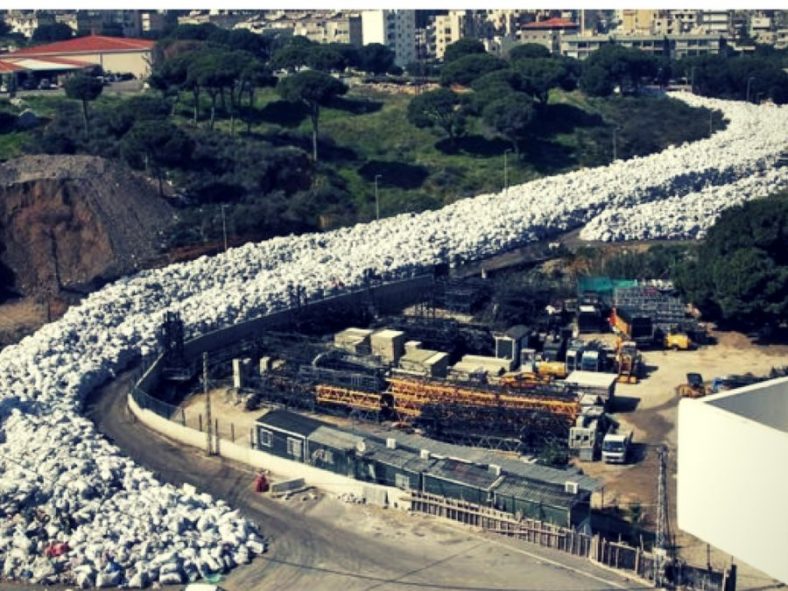The garbage crisis that saw hips of garbage fill Lebanon’s streets was the wake-up call for professional architects and designers to show their versatility and capability in material recycling. During the annual Beirut Design Week that took place recently, many designers showcased their up-cycled and recycled projects aimed towards protecting the environment.
The garbage crisis was declared in 2015 and the annual design event which was started following this crisis was only done for the second time this year.
One of the renowned designers who showcased their work was Mohamed Hamdoun through his company Archistyle and Design. Their project included plastics that were recycled into tiles and other usable items and construction waste that had been 3D printed into the tiles.
The trash crisis was declared after for two years rubbish piled up in the capital on and off leading to the closure of Lebanon’s main landfill, Naameh. Beirut became an unpleasant place to live in and the public became aware of the environmental and health problems resulting from the rubbish.
According to Mohamed Hamdoun, a professional designer in Beirut, the waste crisis was not a setback for the capital but an opportunity for designers to unveil their talents while helping in the clean-up process. His company was already working on sustainable products and so the declaration of the crisis was just a call for them to increase their participation.
Mohamed Hamdoun reports that for the last two years his company has received the highest number of clients who are requesting for products focusing on environmental protection. He is happy that the locals have embraced most of their products which are made from recycled plastics and aluminum.
What Caused The Trash Crisis?
There are several factors that contributed to Beirut’s fight with garbage. One of the factors is that after Naheem closed, Sukleen, the company that had been collecting the waste stopped doing it. Since the country had no public space or recycling culture, residents started dumping refuse in whichever location.
Although many people have blamed the crisis on the government of Lebanon, Mohamed Hamdoun emphasizes that it is every individual’s duty to ensure a clean and safe environment. “A clean environment is good for our kids and for general productivity,” he says during our phone interview.
It’s important for designers to start creating more permanent or semi-permanent items from the recyclable materials. Architects and designers of Beirut must also continue working with communities to ensure that as the old garbage mountains are brought down no new ones are started.
Different Projects, One Aim
Although several architects and designers like Mohamed Hamdoun are working on sustainable projects, their aim is one–to put an end to the garbage menace. The streets of Beirut are clean today although rumor has it that the government is pretending to send the waste to the landfills but is instead sending it to the sea. Whether this is true or not, only a culture of waste recycling by the residents of Beirut can really put an end to this strategy. Mohamed Hamdoun, like other patriots in Lebanon, is helping in educating the locals of the importance of recycling and proper waste management.

